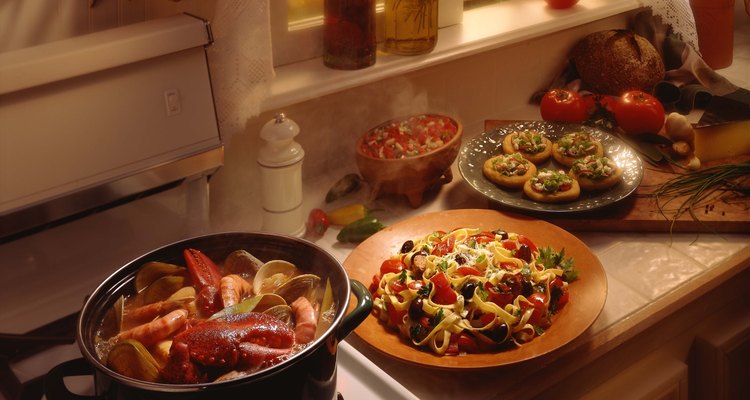
Jupiterimages/Comstock/Getty Images
Dinnerware comes in a wide variety of patterns and materials. Many consumers choose oven-proof plates and bowls because they can go directly from refrigerator to oven to table, creating fewer items needing cleanup. Oven-proof plates have a number of characteristics that make them ideal for busy families. These plates may be made from several materials that have slightly different components.
Stoneware
Stoneware is one type of buff, brown or red clay that is fired to a high temperature, about 2,185 degrees Fahrenheit, according to the Seeley’s Stoneware website. It becomes vitreous, that is, with a glassy consistency. It is then coated with a glaze or clear coating and fired again. This process makes stoneware strong and resistant to chipping. Stoneware is usually denser than other types of plates and serving dishes, which gives it more weight and sturdiness. It is a suitable material for baking in the oven.
Earthenware
Earthenware is made of a white, porous clay that is fired at a lower temperature than stoneware, generally about 1,915 degrees Fahrenheit. It is sometimes called ceramic ware. Earthenware is also glazed and re-fired for a durable finish. Depending on the composition of the materials, earthenware may or may not be oven-proof, though most types are microwave-safe. Consult your manufacturer’s instructions for safe use of your earthenware plates and bowls.
Ironstone
Ironstone is a type of clay dinnerware that was originally reinforced with particles of iron slag, feldspar and bit of cobalt, according to write Denise Andre of the White Ironstone China Association website. Today, the composition of what is labeled as ironstone can vary, so it is always best to consult your manufacturer’s recommendations. When in doubt about the over-proof characteristics of your ironstone pieces, take a safe approach and only use them to warm foods at low temperatures in the oven below 212 degrees Fahrenheit.
Porcelain
Porcelain is a white clay mixture that is fired at over 2,300 degrees Fahrenheit. It is usually thinner and lighter than stoneware plates and bowls with a translucent appearance. Most porcelain dinnerware should not be placed into conventional ovens. However, some types of porcelain are made to be oven-proof and can be used safely to warm foods. Because the word “porcelain” is used so vaguely, any composition of materials can be called by that name. Formulas for porcelain can vary widely, with some containing glass or bone ash. This variance can make it difficult to determine whether older pieces of porcelain are oven-proof or not. If you are unsure of the plate's composition, avoid using it in conventional ovens.
Related Articles
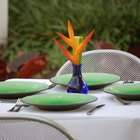
The Best Chip-Resistant Dinner Plates

What Is Better for Cookware: Glass, ...

What Is Magnalite?
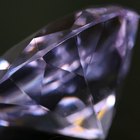
Cubic Zirconia Vs. White Spinel
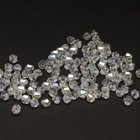
What Is Crystal AB?
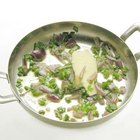
Are Nickel Lined Pans Safe?

What Products Contain Red Phosphorus?
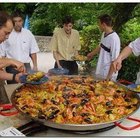
What is a Paella Pan?

How to Cook in Ceramic Bakeware
How to Lower Cooking Times & ...

Cooking With Stoneware
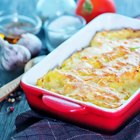
What Are the Benefits of Stoneware ...
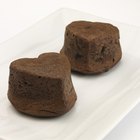
What Is a Souffle Dish?
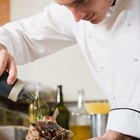
What "Tools of the Trade" Cookware is ...
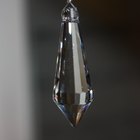
Glass Vs. Crystal Rhinestones

Can I Make a Cake Mix in a Ceramic Dish?

Plastic Recycling Levels
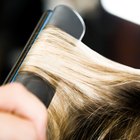
Titanium Vs. Tourmaline Flat Irons
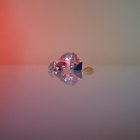
What Is Mercury Mist Topaz?

Cooking With Glass Vs. Ceramic
References
Photo Credits
Jupiterimages/Comstock/Getty Images